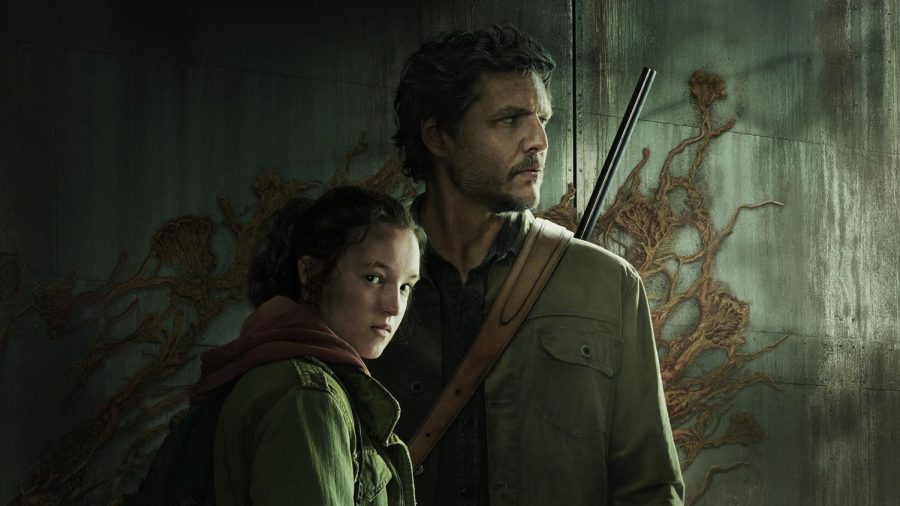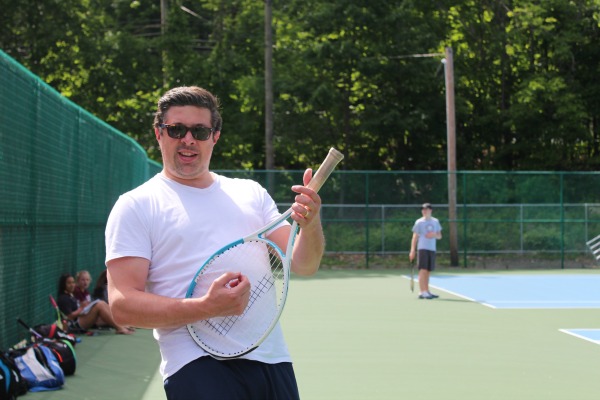If you’ve ever attended a Sea World Shamu show, you have perpetuated violence and even deaths.
This past weekend, I attended the Montclair Film Festival and was shocked yet enlightened after seeing the documentary, Blackfish, directed by Gabriela Cowperthwaite. Blackfish is another name for killer whales, and this documentary shows the authenticity of the “killer” in their names, when kept in captivity.
The show started capturing the rush of excited children entering a Shamu show and trainers kissing the Orcas. It seems as if there couldn’t be an activity more innocent on earth. And while there have never been any recorded killer whale attacks in the wild, Cowperthwaite hones in on captivity’s destructiveness of this species, particularly at Sea World.
Careful not to villainize the Orcas, Cowperthwaite starts from the beginning, describing the immoral way in which Sea World captures the calves in the wild. In the long lifespan of Orcas, a calf never leaves the side of its mother, even when it reaches adulthood–unless they are captured by a Sea World crew. After a long motor-boat chase, and many failed diverting techniques, the Orca pod is eventually cornered in a cove. While the young calves are craned out of the water, the entire pod stays surrounding the boat making mourning noises and attempting to communicate with the captured calves.
From here, the few calves that survive the long trip from boats to trucks and to planes, are placed in small pools at Sea World and forced to live with older Orcas. Each pod of Orcas is believed to have a different language, as well as way of life. This leads to a high number of fights between whales in the same cage. They rake each other with their teeth, and sometimes it can be so extreme that the victimized whale will bleed out and die.
Orca whales can weigh up to 12,000 pounds, and in most parks in the world, there are often many in a pool. But this is only for about a quarter of their lives. The rest of the time, for the parks’ safety precautions, the whales are caged together, barely able to swim around, and are stationary for hours on end.
In the wild, female Killer Whales can live up to 100 years, and males around 70. In captivity, their lifespan is about 30 years. Not only that, but in the wild, less than one percent of whales have a flopped over dorsal fin, but in the parks, almost every whales has this disorder due to depression and malnutrition. They are even treated with anti-depressants. So instead on being in pain, the whales are so doped up that they are disoriented and confused.
Would it surprise you if one of these whales became frustrated and violent?
Through the hour and 20 minute long documentary, the story of Tilikum, a 12,000-pound bull orca directly responsible for the deaths of three trainers is told.
Citing the incidents as “freak accidents” and blaming the individuals instead of the whales and their inhumane conditions, Sea World brushed the deaths under the rug. There have been over 70 near-death incidents recorded.
Using those incidents, Cowperthwaite investigates the long history of aggressive, violent behavior displayed by many killer whales in captivity, and she works to emphasize the argument against using orcas for entertainment.
With scarring footage and intense interviews from former Sea World trainers, the proof is all there. You will leave the theatre changed.
According to the Sundance review, “Blackfish could forever change the way audiences see both killer whales and the multi-billion-dollar industry that showcases these impressive animals as tourist attractions.”









